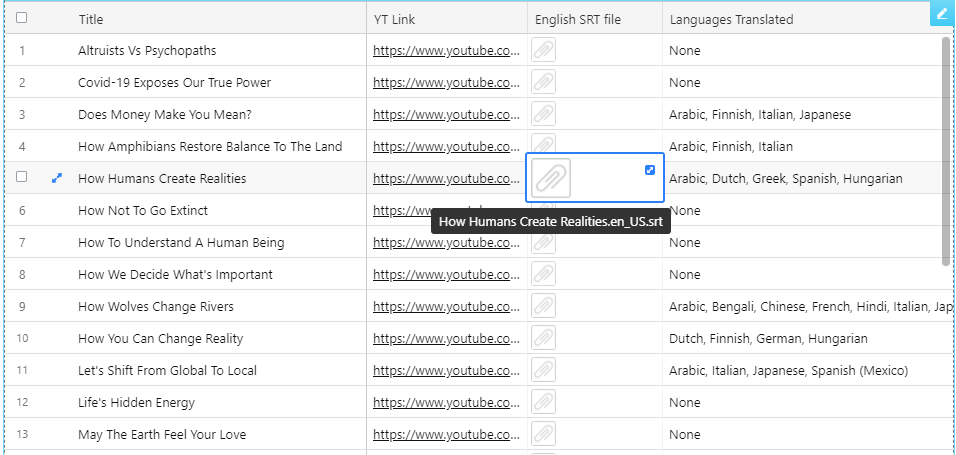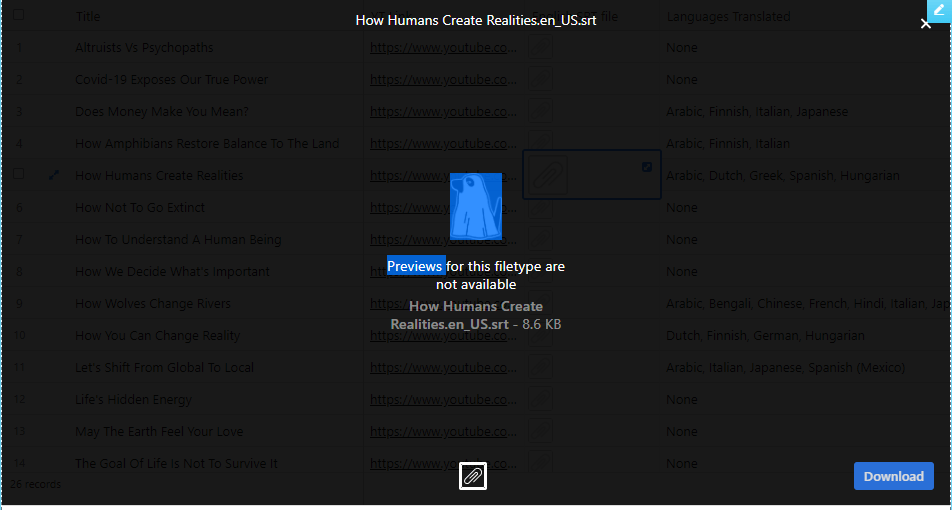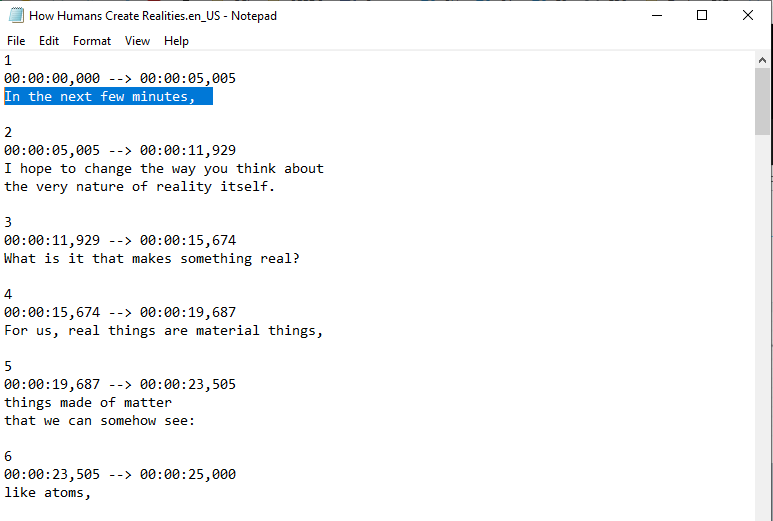
Is our pursuit of economic growth blinding us to ecological disaster? Discover how conventional economics could be leading us astray with David Suzuki.

“There is in fact no significant difference between the mass destruction of warfare and massive destruction of industrial land abuse.” ~ Wendell Berry
The industrial economy from agriculture to war is by far the most violent the world has ever known. It is a fact that at the end of world war two industry geared up to adapt the mechanical and chemical technologies of war to agriculture.
At the same time certain corporate and academic leaders, known collectively as the Committee for Economic Development, decided that there were too many farmers. The relatively self-sufficient producers on small farms needed to become members of the industrial labour force and consumers of industrial commodities.
The first problem of a drastic reduction of the land using population is to keep the land producing in the absence of the people. The Committee for Economic Development had a ready solution; the absent people would be replaced by the mechanical and chemical technologies developed for military use and subsisting upon a seemingly limitless bounty of natural resources.
All of the land using population have left their family farms and moved into the cities to be industrially or professionally employed or unemployed and to be entirely dependent upon the ways and the products of industrialism.
Agriculture would become an industry, farms would become factories, like other factories ever more automated and remotely controlled. Industrial land use became a front in a war against the living world.
There is, in fact, no significant difference between the mass destruction of warfare and the massive destruction of industrial land abuse. In order to mine a seam of coal we destroy a mountain, its topsoil and its forest, with no regard for the ecosystem or for the people downhill, downstream and later in time.
But there was another problem that the population engineers did not recognise then and have not recognised yet; agricultural production without land maintenance leads to exhaustion. Land that is in use, if the use is to continue, must be used with care, and care is not and can never be an industrial product or an industrial result.
A proper economy would not exploit, syphon away and finally destroy the life of the land and the people. A proper economy instead would recognise value, cultivate and conserve in any given place, everything that is good in it and worth conserving.
If farming is no more than an industry to be unendingly transformed by technologies then farmers can be replaced by engineers and engineers finally by robots in the progress toward our evident goal of human uselessness. If, on the contrary, because of the uniqueness and fragility of each one of the world’s myriad small places the land economies must involve a creaturely affection and care, then we must see and respect the inescapable dependence even of our present economy, as of our lives, upon nature and the natural world
Good work in the use of the land is work that goes beyond production to maintenance. Production must not reduce productivity. Good work is also informed in locally adapted ways that must be passed down, taught, and learned, generation after generation.
Every mine will eventually be exhausted but a farm, a ranch, or a forest where the laws of nature are observed and obeyed in use, if given sufficient skill as we know they can be, will remain fertile and productive as long as nature lasts.
“There is in fact no significant difference between the mass destruction of warfare and massive destruction of industrial land abuse.” ~ Wendell Berry
The industrial economy from agriculture to war is by far the most violent the world has ever known. It is a fact that at the end of world war two industry geared up to adapt the mechanical and chemical technologies of war to agriculture.
At the same time certain corporate and academic leaders, known collectively as the Committee for Economic Development, decided that there were too many farmers. The relatively self-sufficient producers on small farms needed to become members of the industrial labour force and consumers of industrial commodities.
The first problem of a drastic reduction of the land using population is to keep the land producing in the absence of the people. The Committee for Economic Development had a ready solution; the absent people would be replaced by the mechanical and chemical technologies developed for military use and subsisting upon a seemingly limitless bounty of natural resources.
All of the land using population have left their family farms and moved into the cities to be industrially or professionally employed or unemployed and to be entirely dependent upon the ways and the products of industrialism.
Agriculture would become an industry, farms would become factories, like other factories ever more automated and remotely controlled. Industrial land use became a front in a war against the living world.
There is, in fact, no significant difference between the mass destruction of warfare and the massive destruction of industrial land abuse. In order to mine a seam of coal we destroy a mountain, its topsoil and its forest, with no regard for the ecosystem or for the people downhill, downstream and later in time.
But there was another problem that the population engineers did not recognise then and have not recognised yet; agricultural production without land maintenance leads to exhaustion. Land that is in use, if the use is to continue, must be used with care, and care is not and can never be an industrial product or an industrial result.
A proper economy would not exploit, syphon away and finally destroy the life of the land and the people. A proper economy instead would recognise value, cultivate and conserve in any given place, everything that is good in it and worth conserving.
If farming is no more than an industry to be unendingly transformed by technologies then farmers can be replaced by engineers and engineers finally by robots in the progress toward our evident goal of human uselessness. If, on the contrary, because of the uniqueness and fragility of each one of the world’s myriad small places the land economies must involve a creaturely affection and care, then we must see and respect the inescapable dependence even of our present economy, as of our lives, upon nature and the natural world
Good work in the use of the land is work that goes beyond production to maintenance. Production must not reduce productivity. Good work is also informed in locally adapted ways that must be passed down, taught, and learned, generation after generation.
Every mine will eventually be exhausted but a farm, a ranch, or a forest where the laws of nature are observed and obeyed in use, if given sufficient skill as we know they can be, will remain fertile and productive as long as nature lasts.
Find out how video storytelling can help your audience resonate with your sustainable idea, research, campaign or product.

We never send solicitations or junk mail and we never give your address to anyone else.


